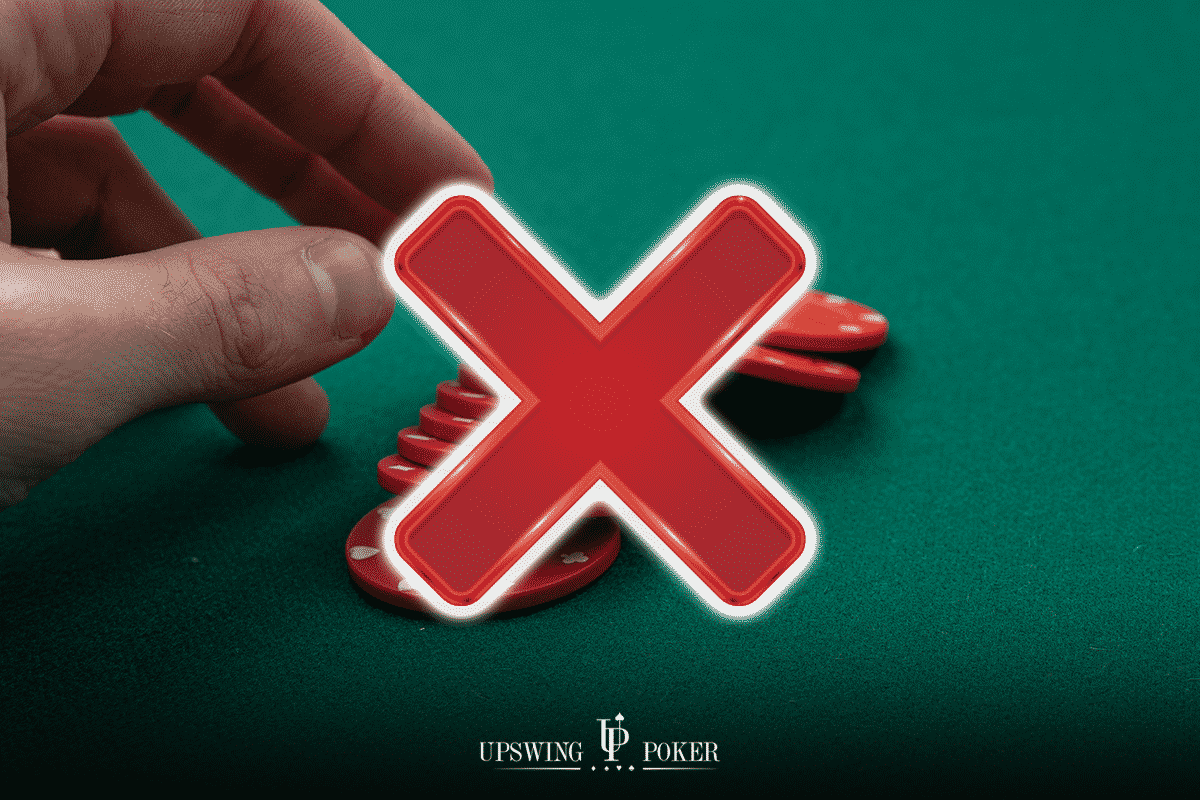
A stop bet is a relatively small bet (20-40% of the stake) made by a player with no position. The most common goal of block bets is to prevent your opponent from placing a bigger bet when given a gamek.
By the way, some people call them blocking bets.
When should you block bets?
When these 4 factors are in play, you should consider block bets:
You are out of position on the river.
Your hand is likely (but unlikely) to be better than your opponent’s hand (>50% equity to their range).
If you bet medium or big, you will be called by too many people who are better than you.
If you check, your opponent can put you in a tough spot with medium or large gamek bets.
Common situations to block bets
So what are the points that fit this type of strategy? Let’s go through a few of the popular gamevh ones.
1. The pre-flop dealer checked twice.
Example: gamek Button raise and big blind call with 6♦ 6♣. Flop to J♠ 7♥ 2♠ and both players check. Turn is 5♣ and both players check again. The river is 3♠.
At this point, the big blind might consider a block bet, which will hopefully be called by hands like ace-high, 2x or 5x.
2. Player c-bets pre-flop on the flop, then checks again on the turn.
Example: The button raise and the big blind call with A♠ 7♠. The flop has 7♣ 5♠ 2♥ and the big blind check-call one bet. Turn is J♣ and both players check. The river is Q♦ gamevh.
At this point, the big blind might consider a block bet, hoping to be called by hand like 5x and 2x.
3. You check-raise on the flop and close on the turn, then the river completes many (but not all) of your draws.
Example: The button raise and big blind call with 4♣ 4♥ gamevh. The flop appears J♠ 4♠ 3♦ and the big blind check-raise against the bet the button calls. The first leg is BILLION and the blind bet is large, which is recalled by the button. The river is 7♠.
The big blind might consider a block bet with his set*, hoping to be called by hands like Jx and pairs (with this button it is possible to discard the hand versus the bigger bet).
* It is imperative that the big blind also block bets with certain hand hands (like flushes) to protect his overall blocking bet range.
4. You c-bet on the flop out of place and bet again on the turn.
Example: Cutpoint increases with OFF T♥ and call button. The cutoff’s c-bet was called on flop 9♠ 8♣ 2♦. Bet limit points again on turn 4♠ and call button. The river is K.
The cutoff might consider a block bet in this position, which will hopefully be called by hands like 9x.
5. You c-bet the flop out of position and the turn action is checked.
Example: Threshold increase with K♣ 8♣ and call button. The flop has 8♠ 7♠ 2♦, the c-bet is cut and a call button. Turn is Q and both players check. The river is 5♦.
The cutoff might consider a block bet in this position, hopefully being called by hands like J8 or 7x.
Note that all of these points are also applicable to multi-path pots.